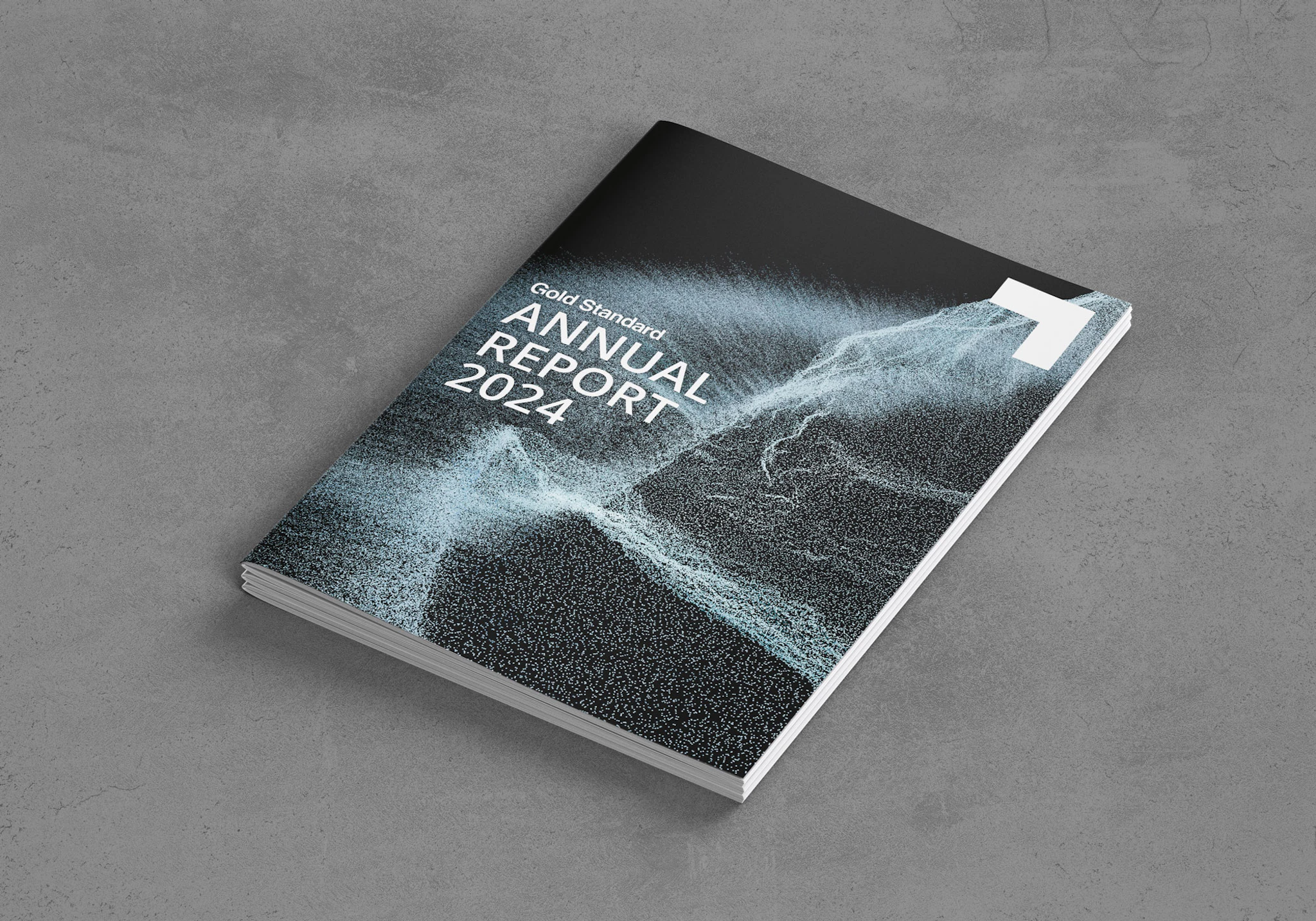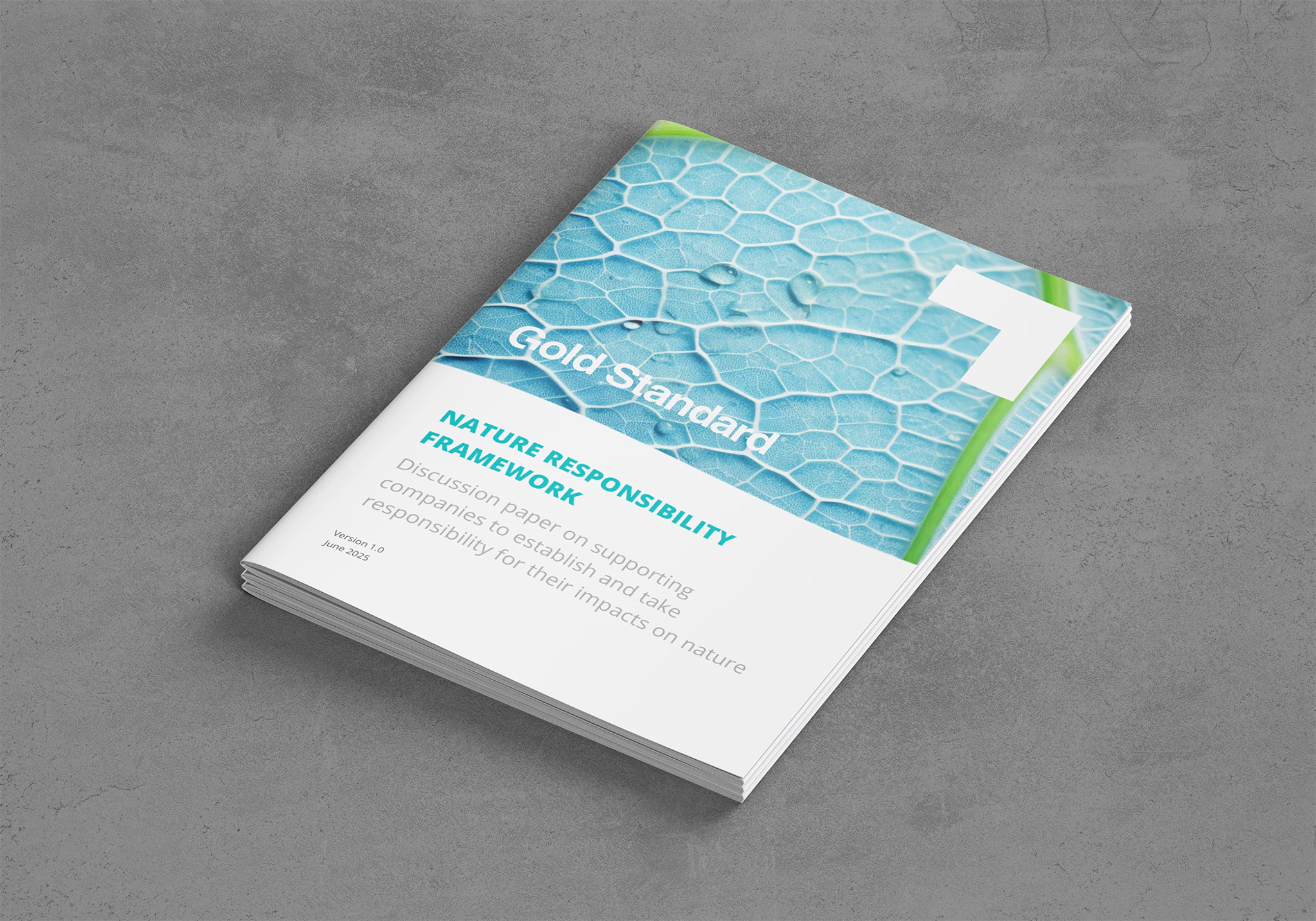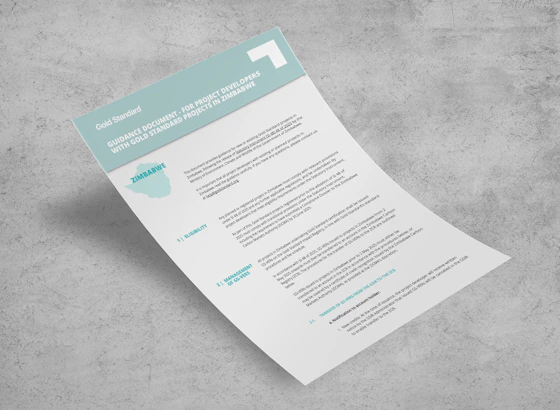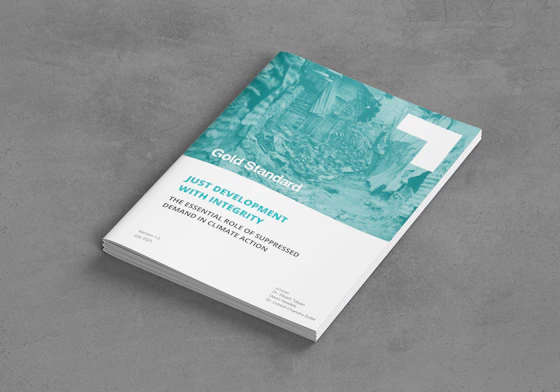News Room
FEATURED NEWS
Gold Standard Annual Report 2024
7 Actions for Nature Responsibility
Nature Responsibility Framework
All News & Publications
644 News
Order: desc
webinar webinar Navigating Nature Responsibilities: From Commitment to Credible Action
consultation Requirements for addressing leakage in methodologies
opinion Why use Gold Standard Marketplace - turning climate targets into tangible change
consultation Requirements for Suppressed Demand Accounting in Methodologies
consultation In-situ capture and conversion of Cattle Enteric Methane
consultation SDG monitoring Indicators
consultation Green Ammonia Production
consultation Requirements for Baseline Determination in Methodologies
consultation Emissions Reductions from transportation through behaviour change
report Guidance Document - for Project Developers with Gold Standard projects in Zimbabwe
report JUST Development with Integrity - The Essential Role of Suppressed demand in Climate Action
media release Gold Standard publishes Engineered Removals Requirements, encouraging methodology and project development
media release Gold Standard and Ecuador’s Ministry of Environment Sign MOU to Recognise Gold Standard under Ecuador’s National Compensation Scheme
media release Gold Standard Launches Insurance Assessment Process to Support CORSIA Credit Eligibility
event Gold Standard Bristol Hub Drinks
event IETA Asia Climate Summit
consultation Microbial Carbon Mineralisation
consultation SOC-Module for Application of Soil Improver through Orchard Wood Chip Residues
report Gold Standard Annual Report 2024




















